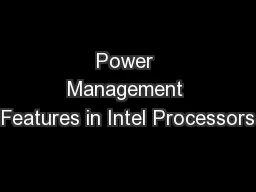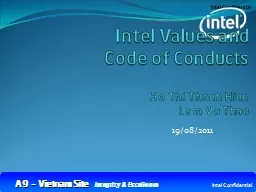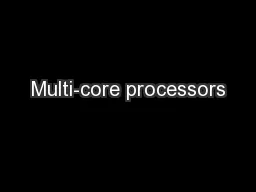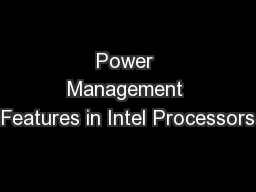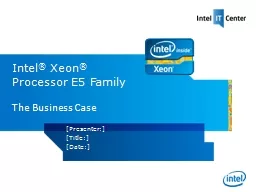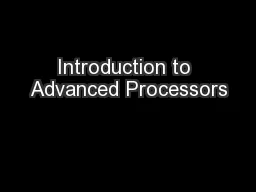PPT-Power Management Features in Intel Processors
Author : myesha-ticknor | Published Date : 2016-07-23
Shimin Chen Intel Labs Pittsburgh UPitt CS 3150 Guest Lecture February 24 2010 Power Management Many components in a computer system CPUs DRAM memory Hard drives
Presentation Embed Code
Download Presentation
Download Presentation The PPT/PDF document "Power Management Features in Intel Proce..." is the property of its rightful owner. Permission is granted to download and print the materials on this website for personal, non-commercial use only, and to display it on your personal computer provided you do not modify the materials and that you retain all copyright notices contained in the materials. By downloading content from our website, you accept the terms of this agreement.
Power Management Features in Intel Processors: Transcript
Download Rules Of Document
"Power Management Features in Intel Processors"The content belongs to its owner. You may download and print it for personal use, without modification, and keep all copyright notices. By downloading, you agree to these terms.
Related Documents

